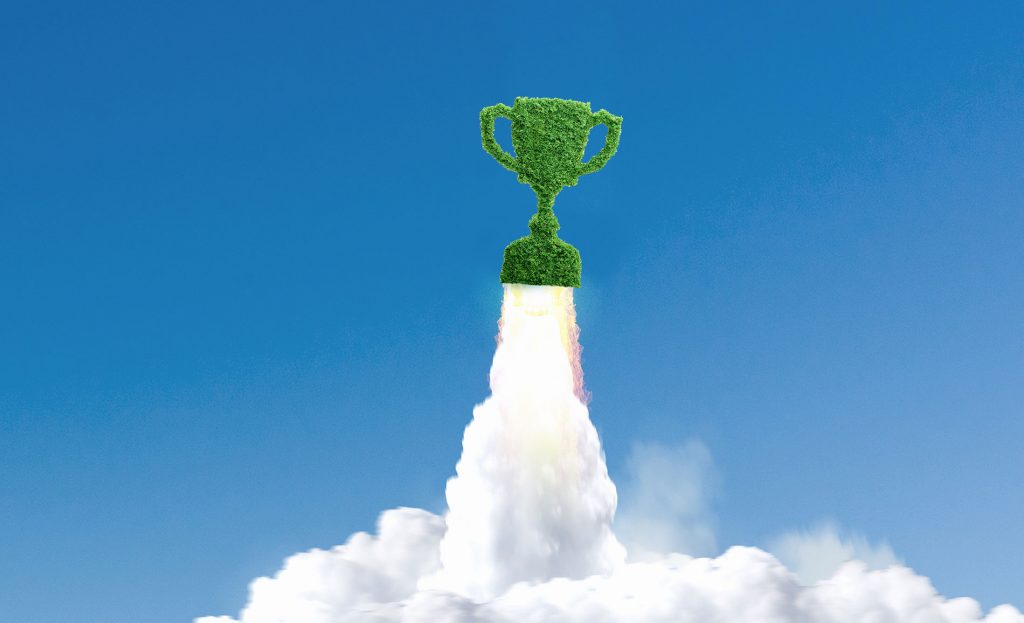
GreenBiz published my latest column today, focusing on the role of awards and prizes in the next phase of change.

GreenBiz published my latest column today, focusing on the role of awards and prizes in the next phase of change.
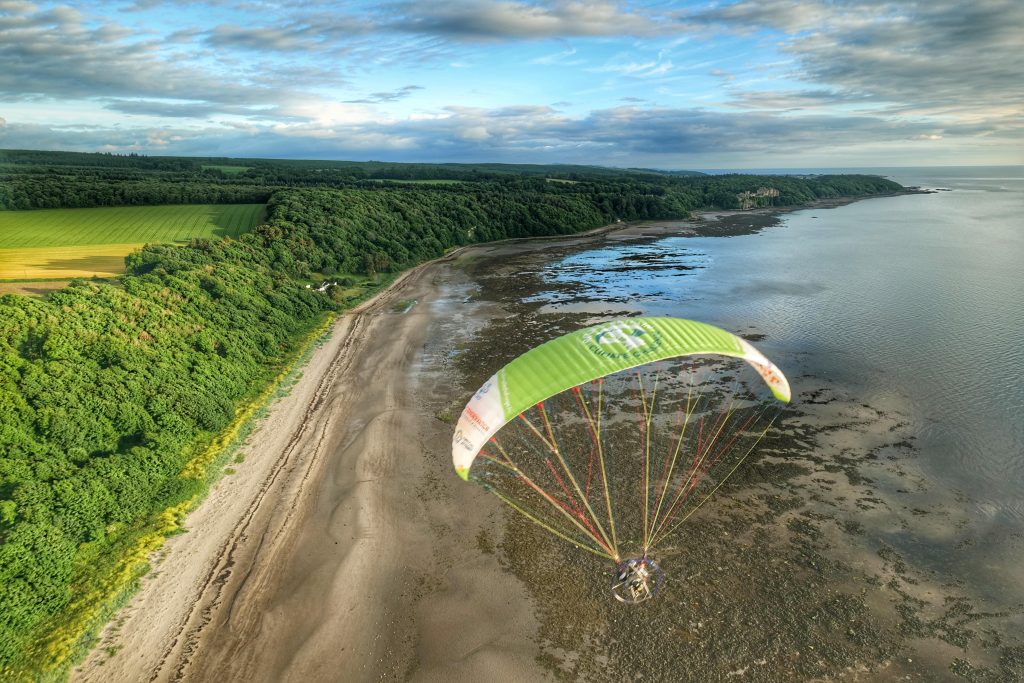
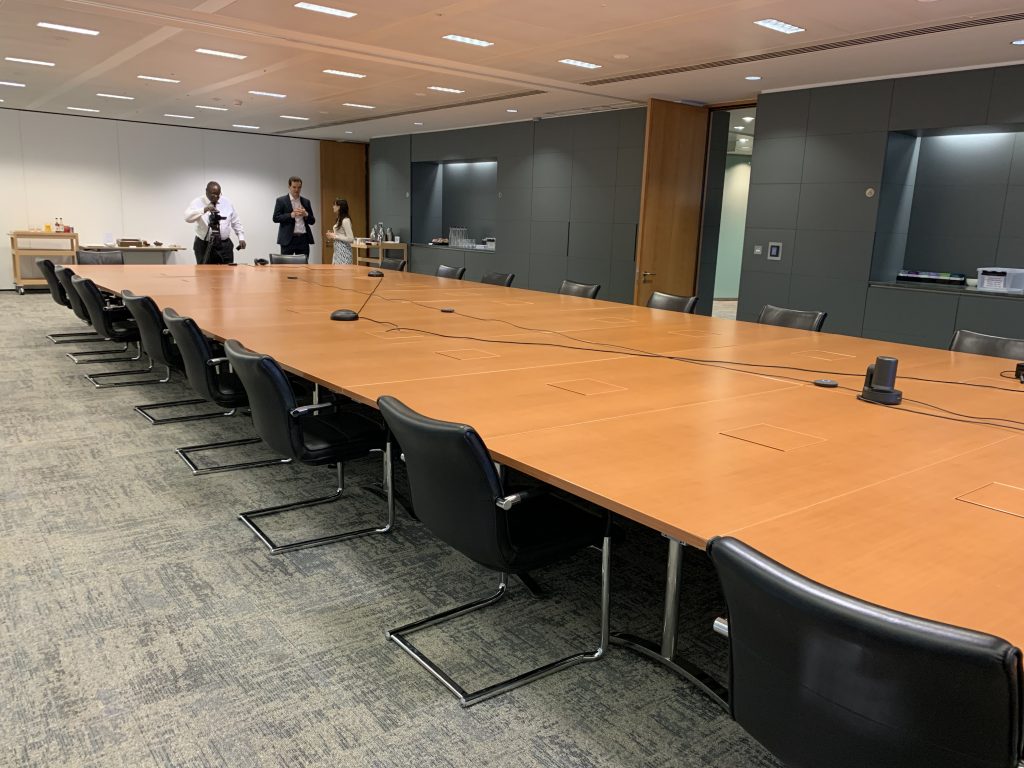

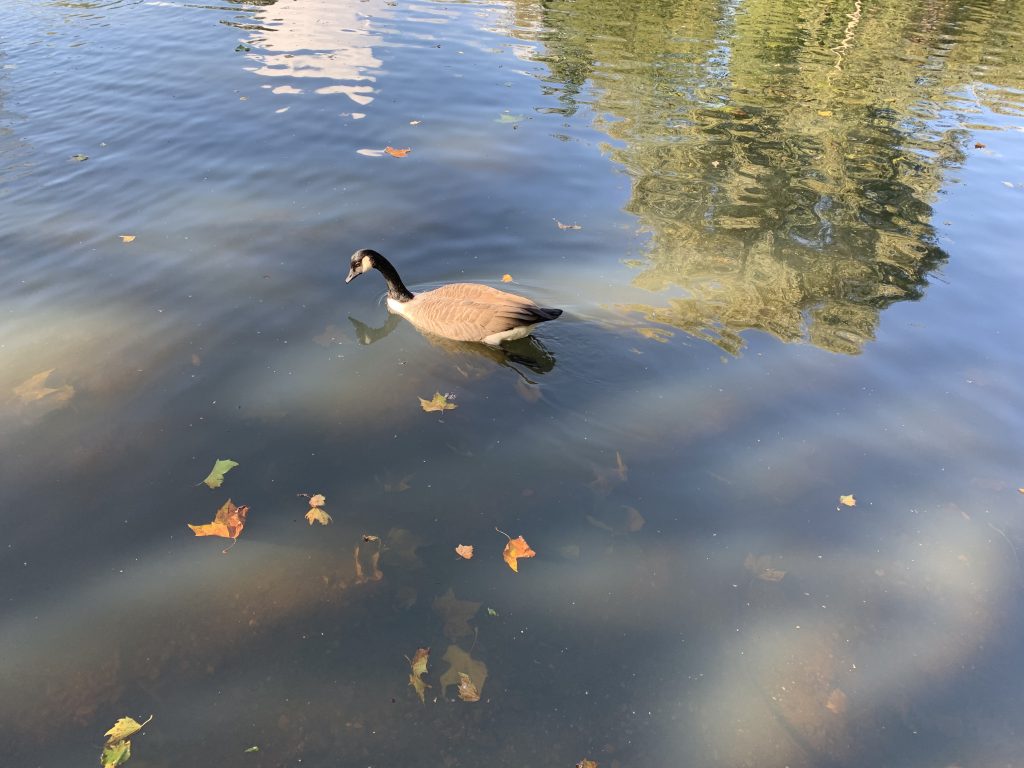
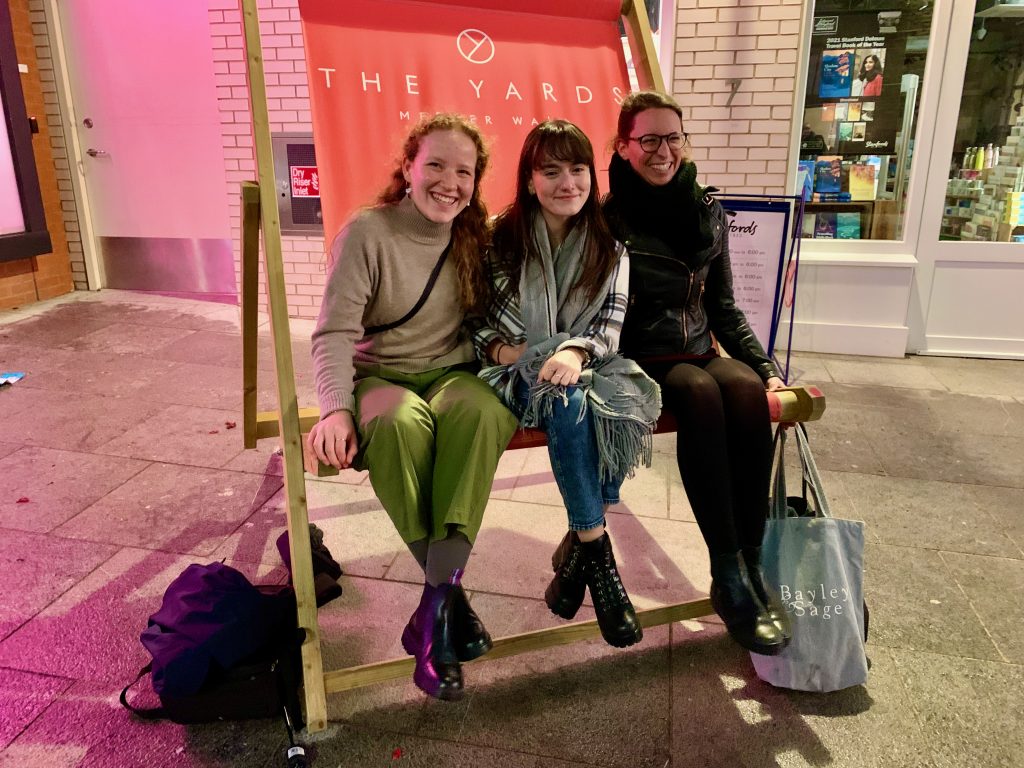

Maybe it’s the continuing saga of my eye surgery, with a couple of recent trips to Moorfields, that has me seeing the world in a slightly kaleidoscopic way? But I think it’s more a question of the general acceleration ahead of COP26, opening this week.
While cleaning up my computer desktop ahead of leaving for Glasgow, I came across these images from recent weeks. The Sacha one came through today from Conservation Without Borders, ahead of the ITV documentary this evening on Sacha’s flight, led by Joanna Lumley, filmed before the tragic crash on 18 September.
The next two images link to a presentation I did to senior partners at lawyers Slaughter And May, and then I did another session for lawyers Mission de Reya, this time spotlighting the work of young environmental activists.
The goose reflects the fact that all around the signs of autumn are pressing in. In that spirit, we have had three new windows put into the house, one on each floor, to better insulate, thermally and acoustically.
The last two images are from an evening out we had with the team, at the Conduit Club – the first time we had been there since the move from Mayfair to Covent Garden. A delightful evening.
Among things that have been in my mind recently have been my first air trip, this one to Zürich, to present to bankers Julius Bär, with a frenzy of form-filling before I went; a continuing series of talks (e.g. one for chairs of Deloitte client companies, another involving moderating a panel of CEOs for WBCSD); and thinking about the next book, which suddenly seems to have got itself together after a number of abortive starts.
My favourite Kew Gardens greenhouse is the Princess of Wales Conservatory – where in 1985 Sir David Attenborough buried the time capsule originally thought up by Elaine during a dinner in Barnes with Gaia Books co-founders Joss and David Pearson.
The time capsule contained seeds of extinction-prone plants and a copy of The Gaia Atlas of Planet Management, which I had helped Joss and Norman Myers bring to life.
Our daughters, Gaia and Hania – then aged 6 and 8 – sat on Sir David’s knees, all three wearing hard hats, as he prepared to lower the time capsule into the newly-built Conservatory’s floor.
Yesterday, Gaia, Elaine and I went to see this year’s Orchid Festival – and walked around the time capsule plaque, while I pondered that each and every orchid on display was a time capsule in its own right. Shaped by its evolutionary history in ways that emergent sciences like epigenetics are only just beginning to probe and understand.

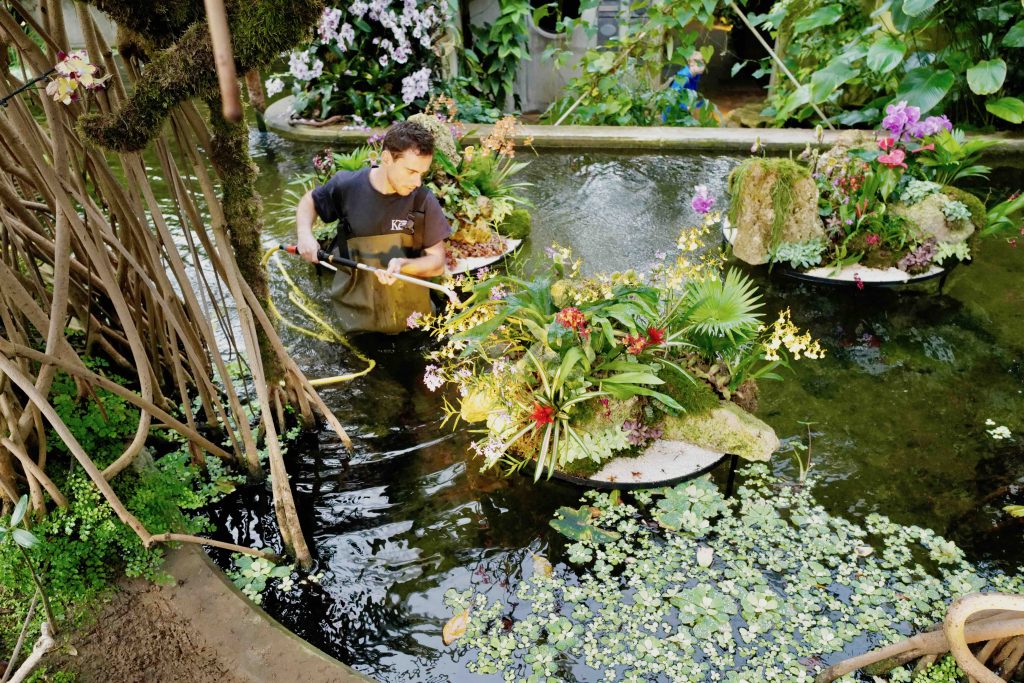
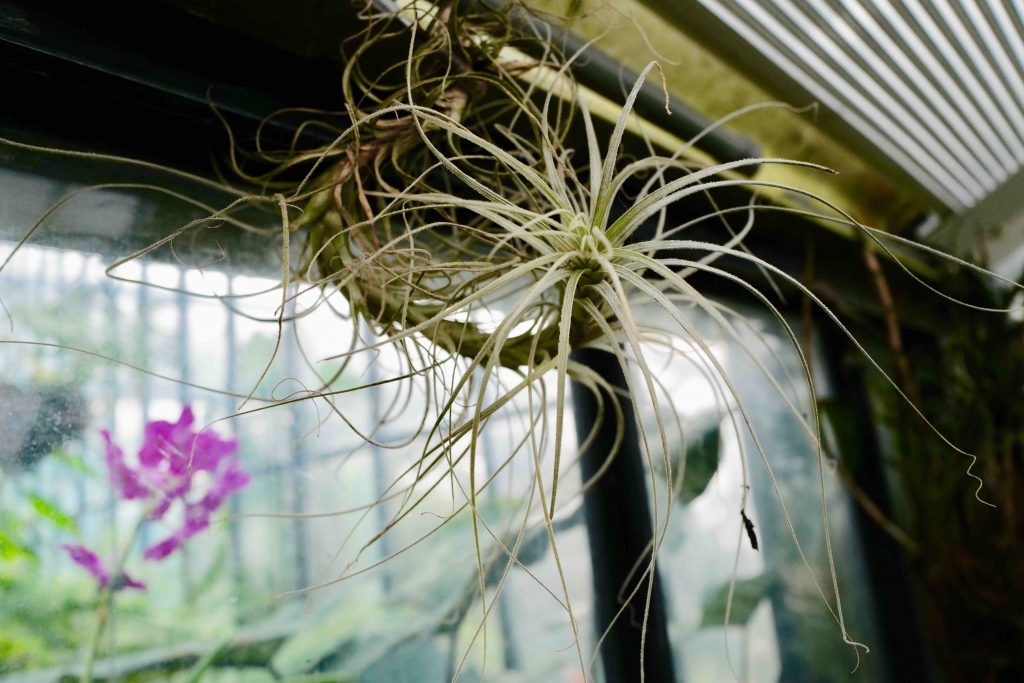
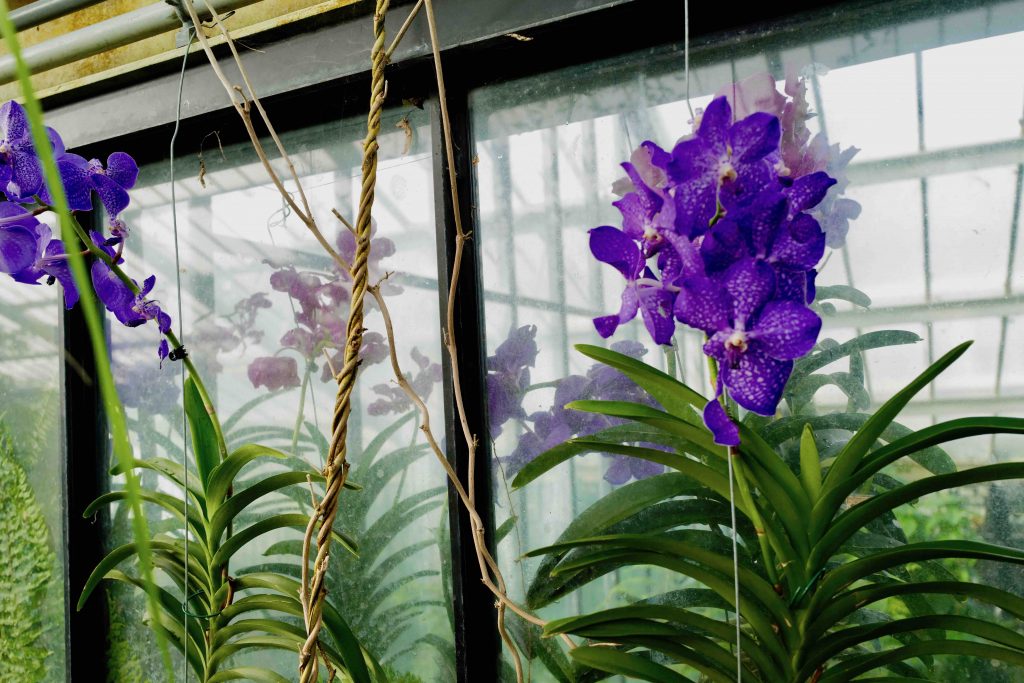

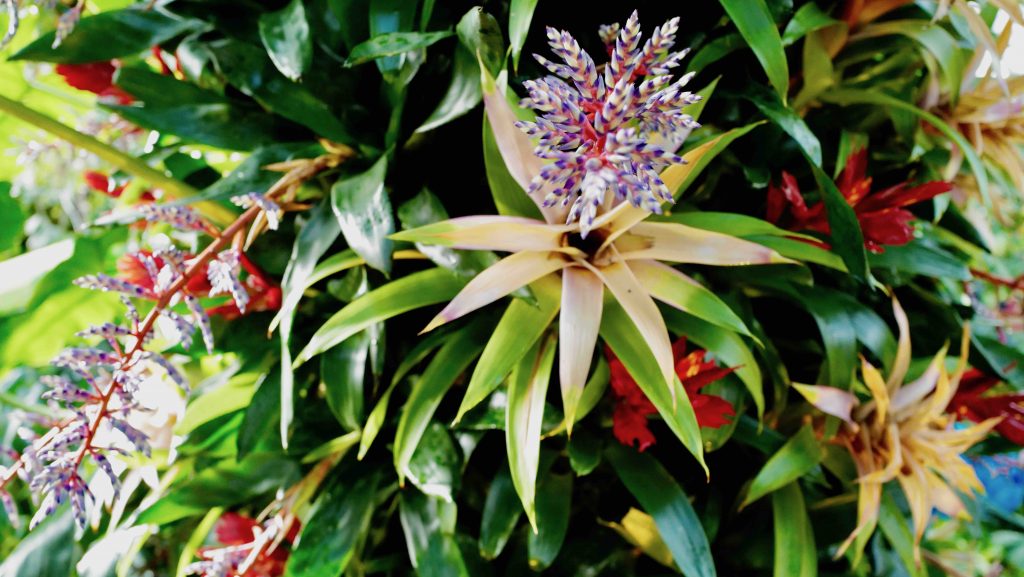
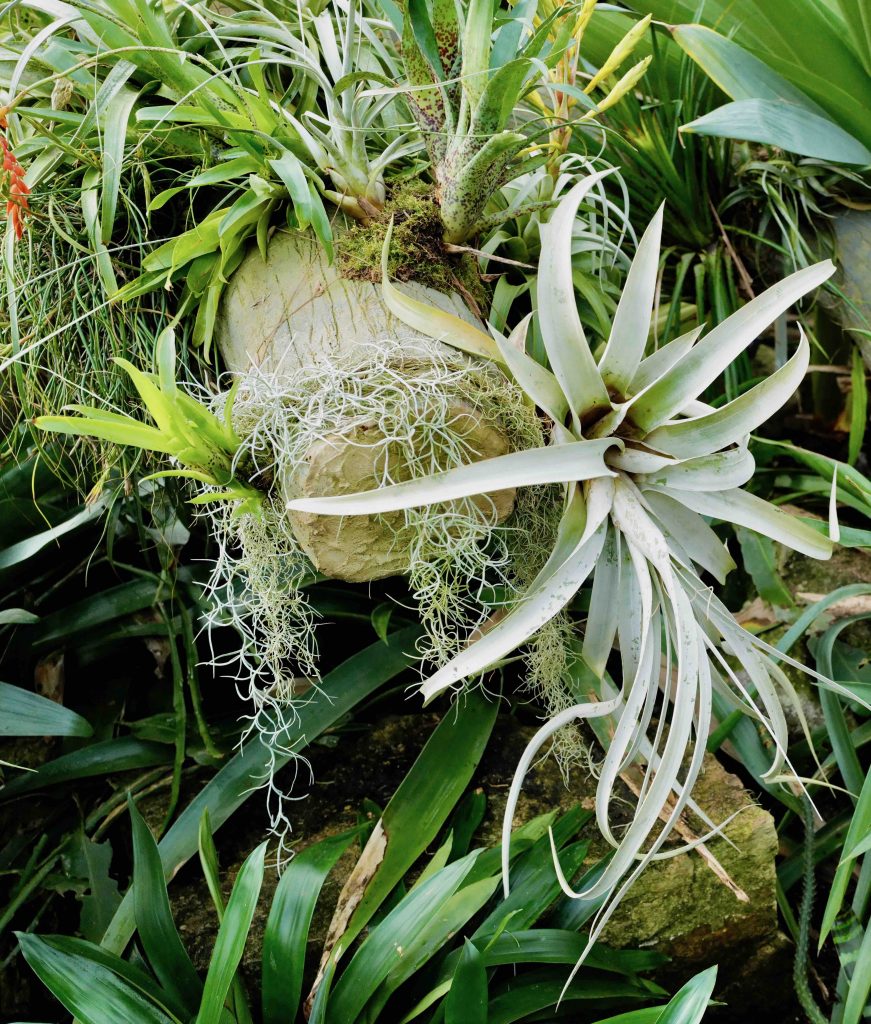
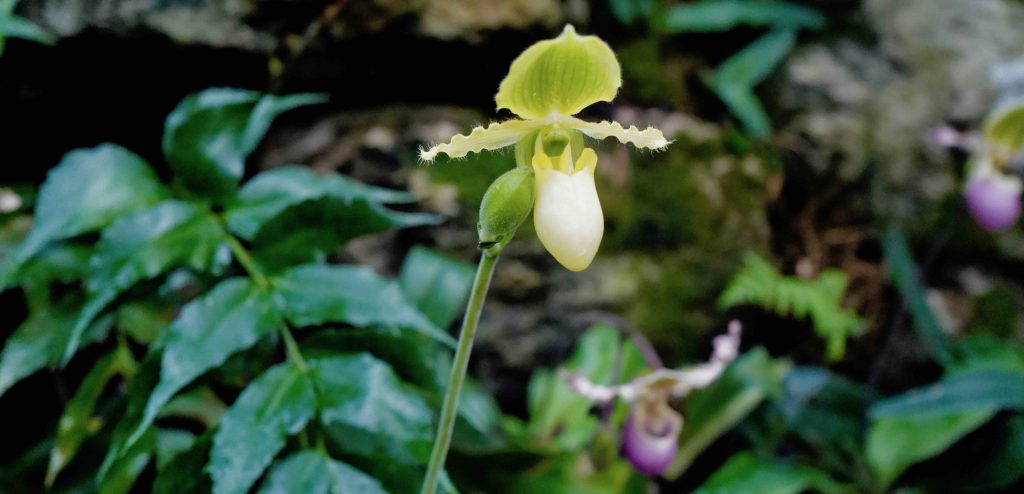
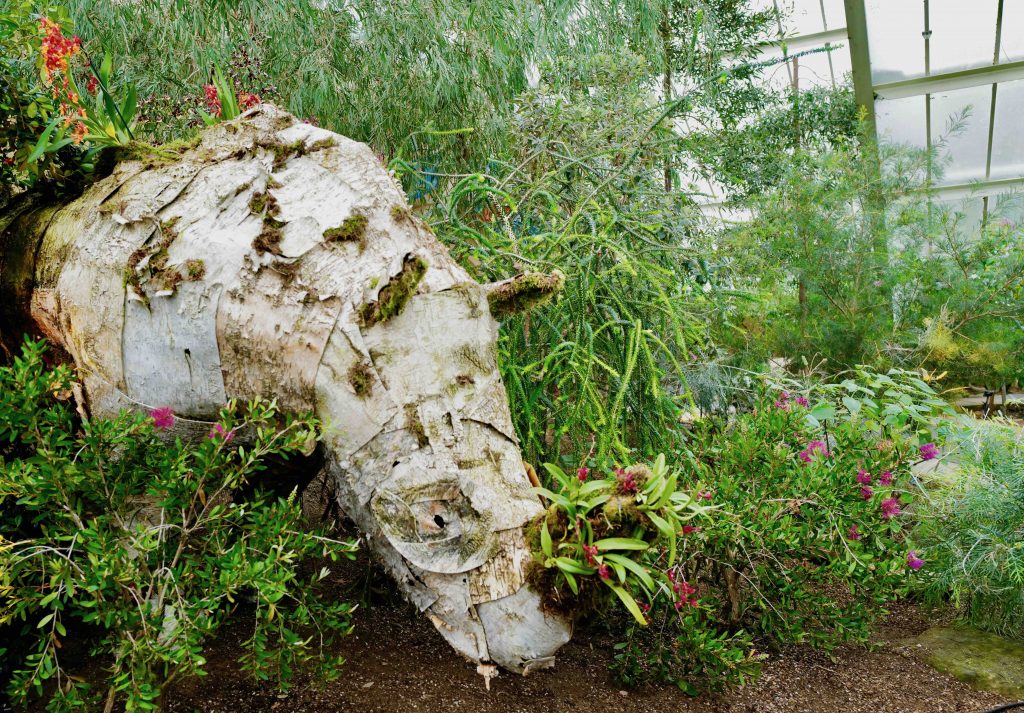
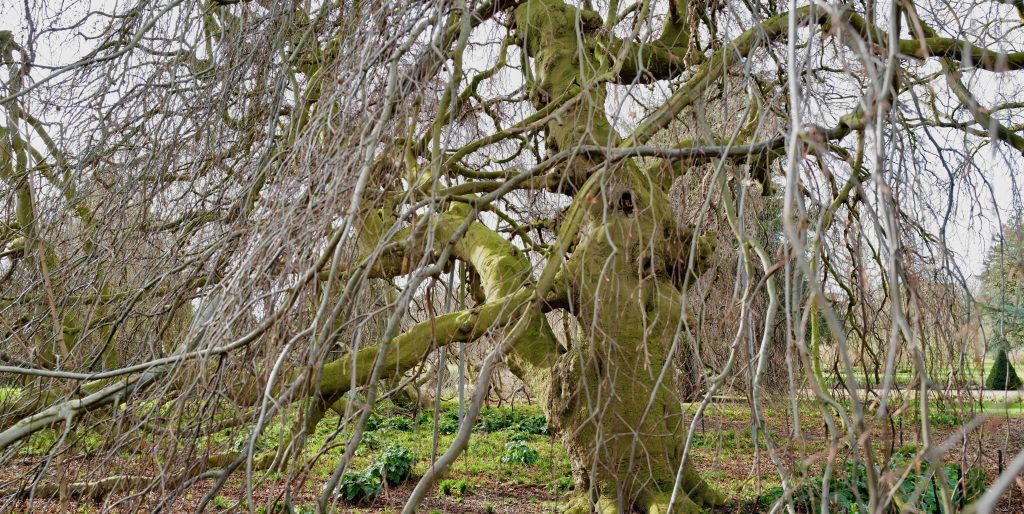
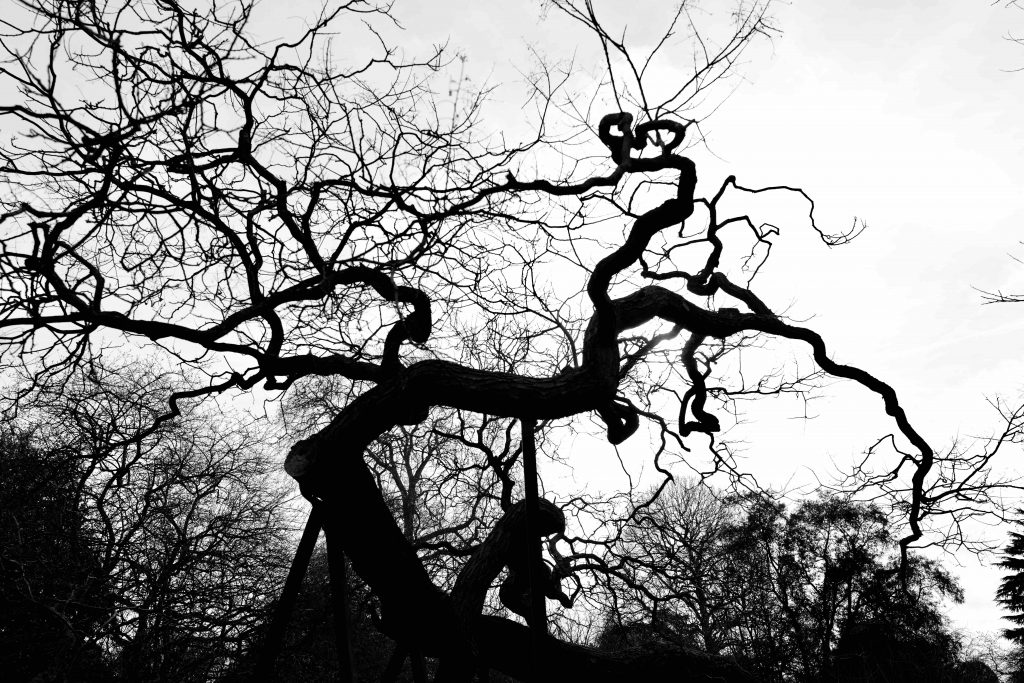
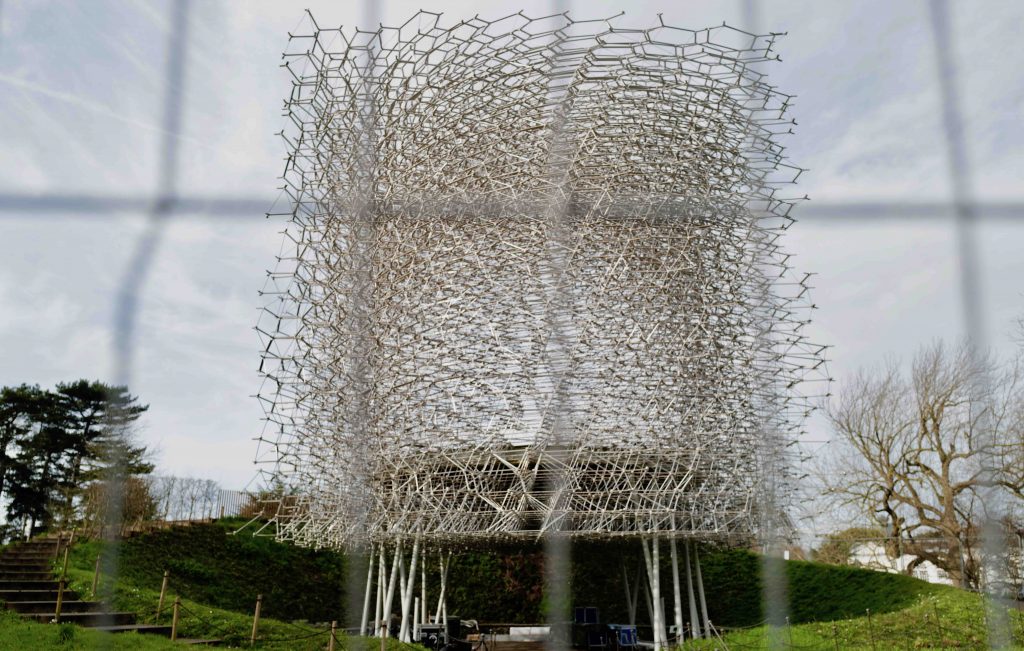
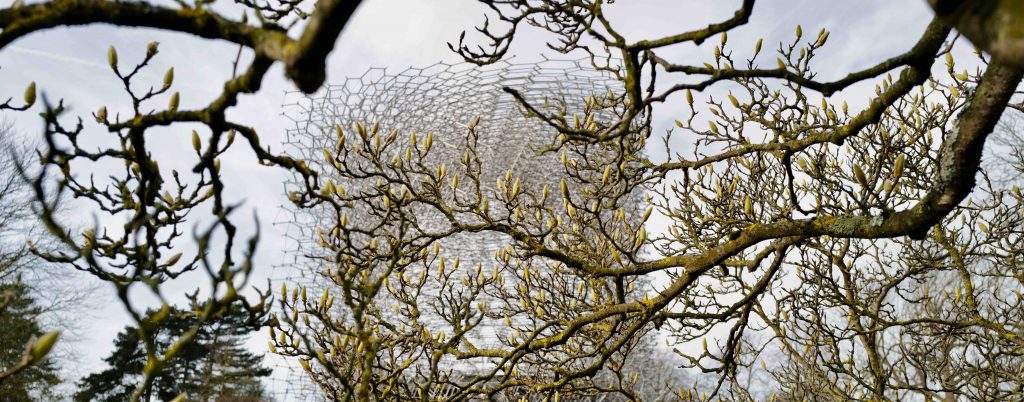

2019 has been a year to remember, with both my father, Tim, dying on 1 February, while Elaine and I were in Copenhagen, and my mother, Pat, dying this week, on 19 November. In her case, after a long illness that had her confined to bed – dependent on my three siblings and various forms of nursing and end-of-life care, including the magnificent Kate’s Home Nursing. Both died at home, with family members around, a real privilege in these days of increasingly institutionalised care.
As her younger brother, Paul, put it to me today, “Pat, my sister, your mother, was a most remarkable being – she was very close and dear to me all my life and a prop and mainstay in troubled times. She had what I can only describe as a ‘glow’ – almost an aura that even shows in photographs of her over the years, she will be most sorely missed by us all, and leaving us she has taken with her much love and many memories.” She was certainly an extraordinary story-teller.
Recalling her in happier times, and her first use of headphones, the first image is of her in the Hill House kitchen. I had recorded her talking about the poltergeist that haunted her as a child, when her parents were divorcing, and the ghost that she was convinced haunted (in a positive way) the end of Hill House where there is a 400-year-old oak staircase. We knew her as Belinda. The story goes, though we heard it long after Pat first saw a mob-capped girl sitting at the foot of her bed, that a young maid fell down the stairs and broke her neck.
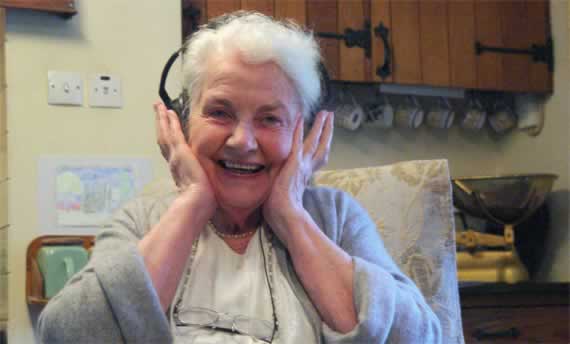
The second image, below, honours the huge responsibility her generation carried, symbolised by the Soviet/Russian veterans coming up to see her in bed after Tim’s memorial service. His photo, with great-grandson Gene on his lap, is in the background. The woman in red hat a former partisan, the only person from her entire town to survive WWII. A world of ghosts.
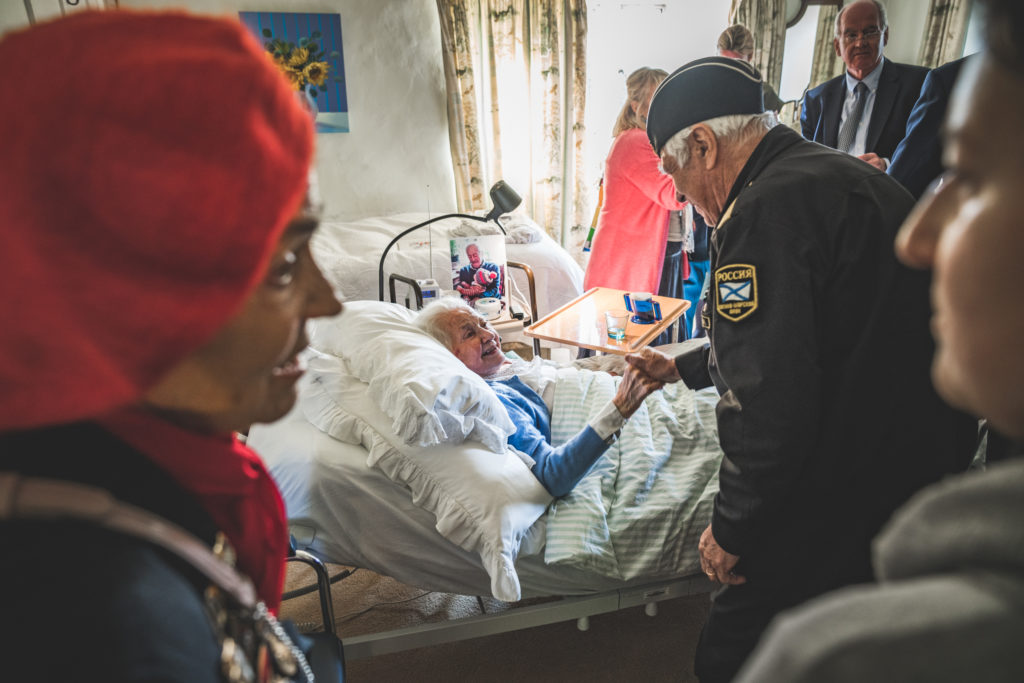
Pat and Tim voted the wrong way on Brexit, she saying the chimney-sweep told her to do so, but we loved them nonetheless!
She would have loved the fact that I was at Buckingham Palace the day after she died, though the sacking of Prince Andrew would not have escaped her notice or comment.
Her views didn’t always follow well-worn tracks, though she would most definitely not have approved of the way in which the monarchy was being dragged through hedges backwards by the shenanigans of the Queen’s favourite son. But she would definitely have approved of the way half a dozen grey vacuum cleaners were arrayed in one space I passed en route to the Billiards room, lined up in regimental order.
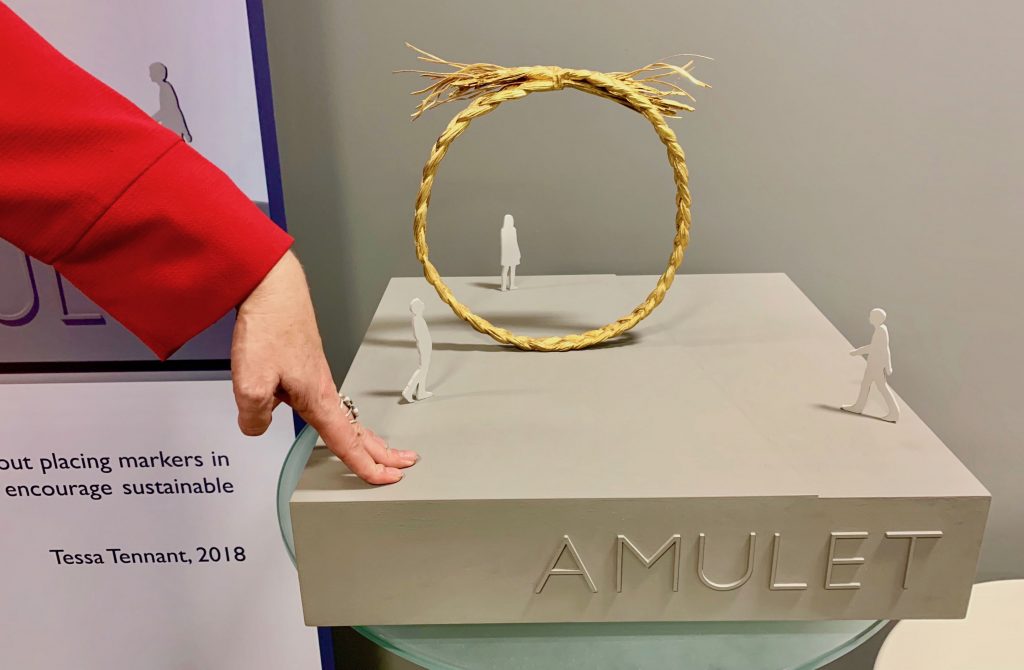
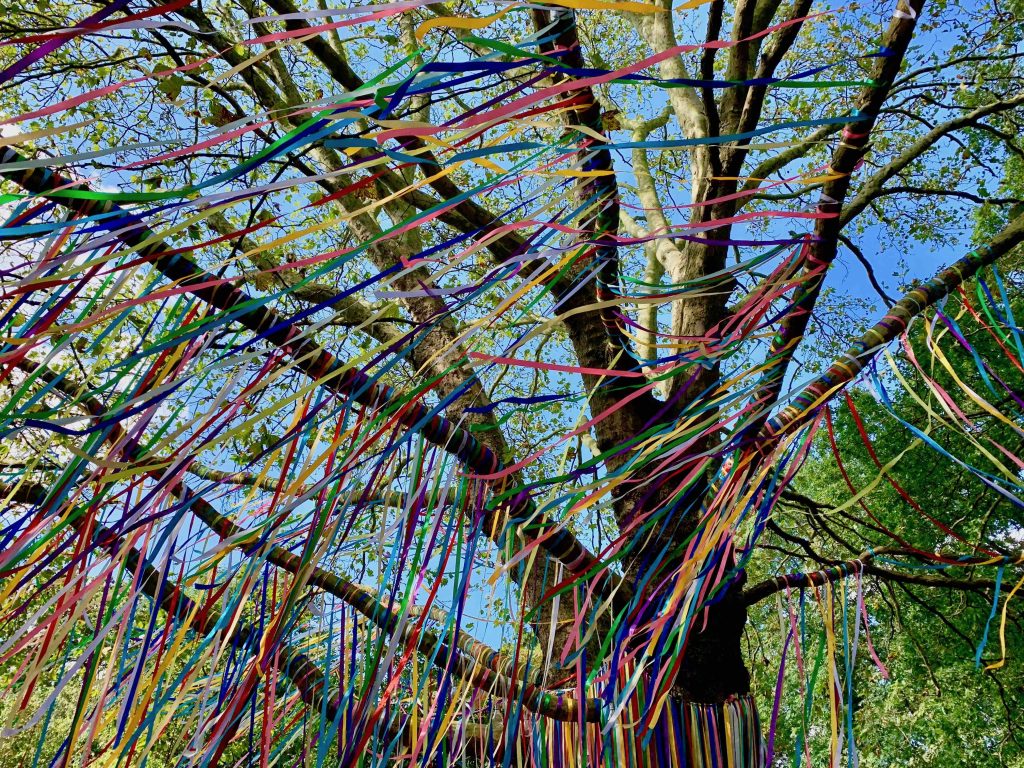
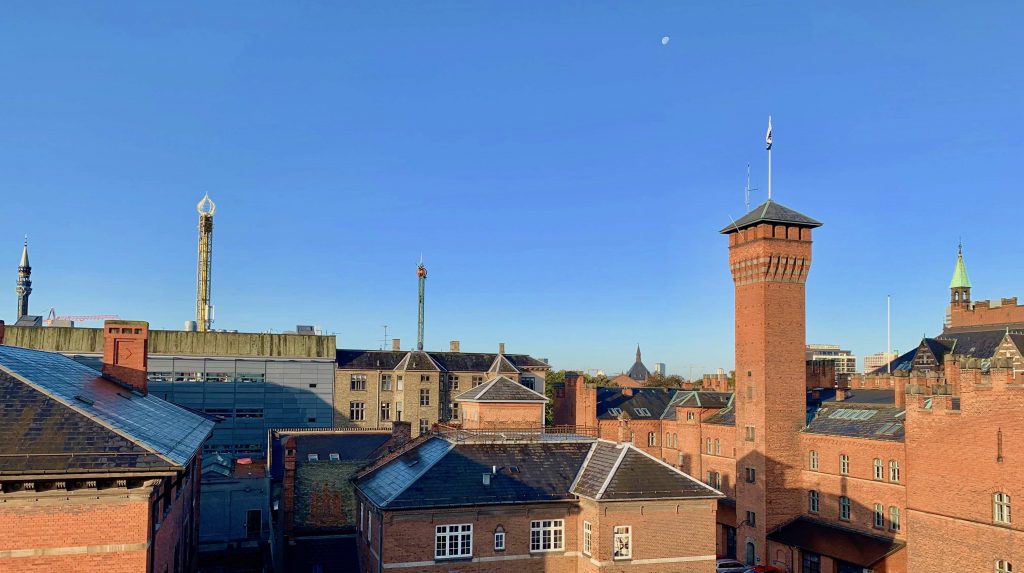
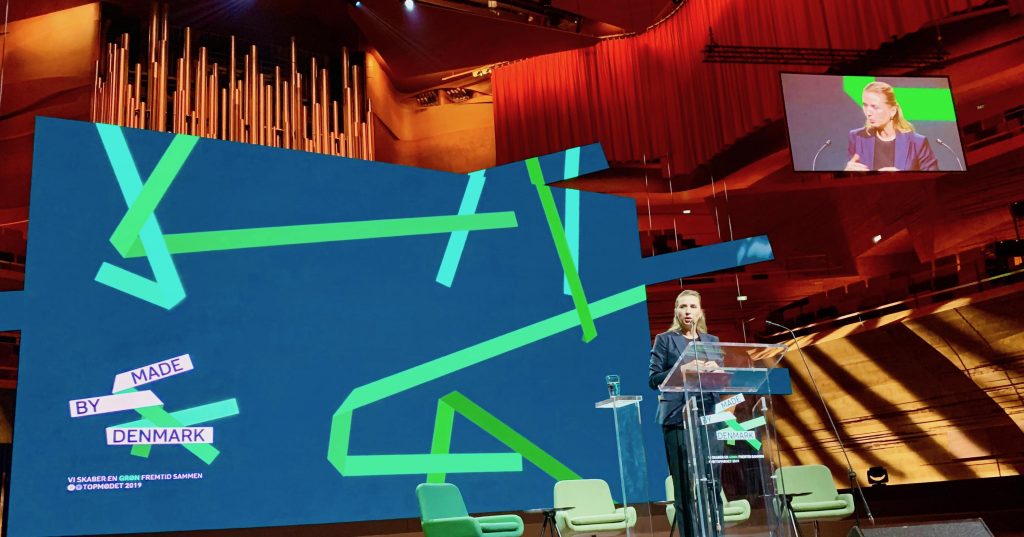
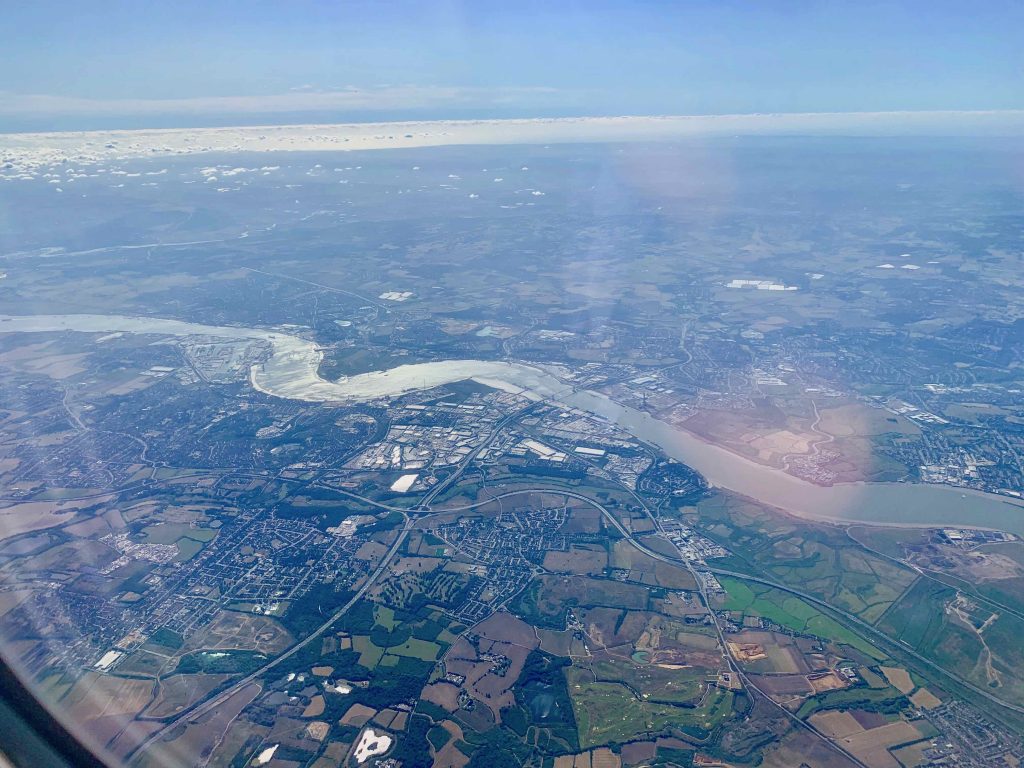
Our autumn campaign has taken off with a bit of a bang. But, first, Elaine and I went across to a wonderful gathering on Thursday 12th at CDP to discuss next stages with fund-raising for the proposed Amulet memorial to Tessa Tennant in the City of London.
And the following day, Friday 13th, we went across to the Kochs (the good ones, not the bad ones), just the other side of Barnes Pond, to hear Mike Koch talk about his new book on his life as a wildlife vet in Africa. Called: Through My Eyes. Self-published and he’s hard to find on the internet, but a glorious, landmark publication.
At the weekend, while we were walking across Barnes Common, we watched as the wind stirred the ribbons on the plane tree that has been re-purposed as a memorial to Iris Goldsmith. Normally such memorials make me uneasy, including the vast mountains of plastic-wrapped flowers outside Kensington Palace when Princess Diana died, but in this case the effect is wonderful. A wind-powered tribute. Rather as if people are talking all around, with the ribbons picking up the zephyrs.
Then across to Copenhagen on Monday to speak at Dansk Industry (Confederation of Danish Industry)’s annual business summit, this time on the theme of the Green Transition. The event was attended by the country’s new Prime Minister, Mette Frederiksen, who I found impressive; the Crown Princes and Princesses of Denmark and Sweden; and some 1,300 CEOs and business leaders. Was told by several people that my speeches here in February helped put wind in the country’s sails.
The scale of what Denmark now aims to do collectively is breath-taking. To reduce carbon emissions by 70% below 1990 levels by 2030. Various speakers admitted they didn’t yet know how to achieve this, but the level of ambition is admirable and encouraging.
In my speech, I linked one of Denmark’s favourite sons, Hans Christian Andersen, to my evolving theme of Black Swans, Ugly Ducklings and Green Swans. As a test-run for the book, due to launch in January 2020, it seemed to go very well.
Then, on Wednesday 18th, after I flew in from Copenhagen, Louise (Kjellerup Roper) and I went across to the Royal Society to listen to Bill McDonough at an event hosted by Tim Smit and the Eden Project. Glorious meeting of the tribes, though at times uncomfortably warm.
And ringing around my head all week have been the words on the yellow banner wrapped around the September 18th edition of The Financial Times, shown below. I first caught sight of it as I walked into the Copenhagen airport lounge – and my immediate reaction was that it was one of those milestone moments when you actually see the world starting to tilt and pivot.
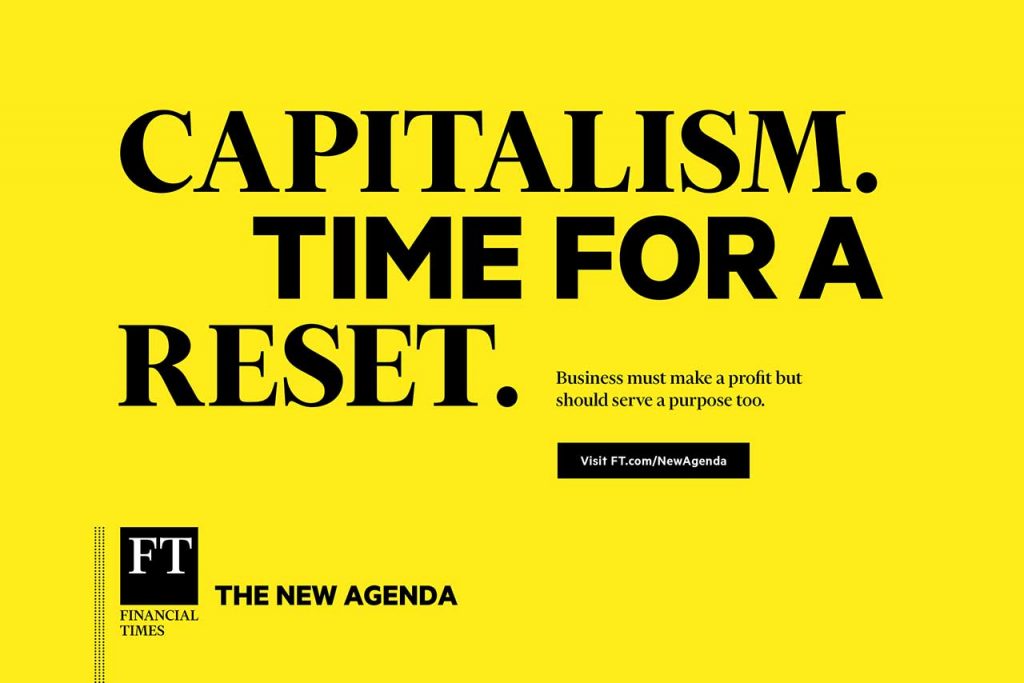
John Elkington is a world authority on corporate responsibility and sustainable development. He is currently Founding Partner and Executive Chairman of Volans, a future-focused business working at the intersection of the sustainability, entrepreneurship and innovation movements.
